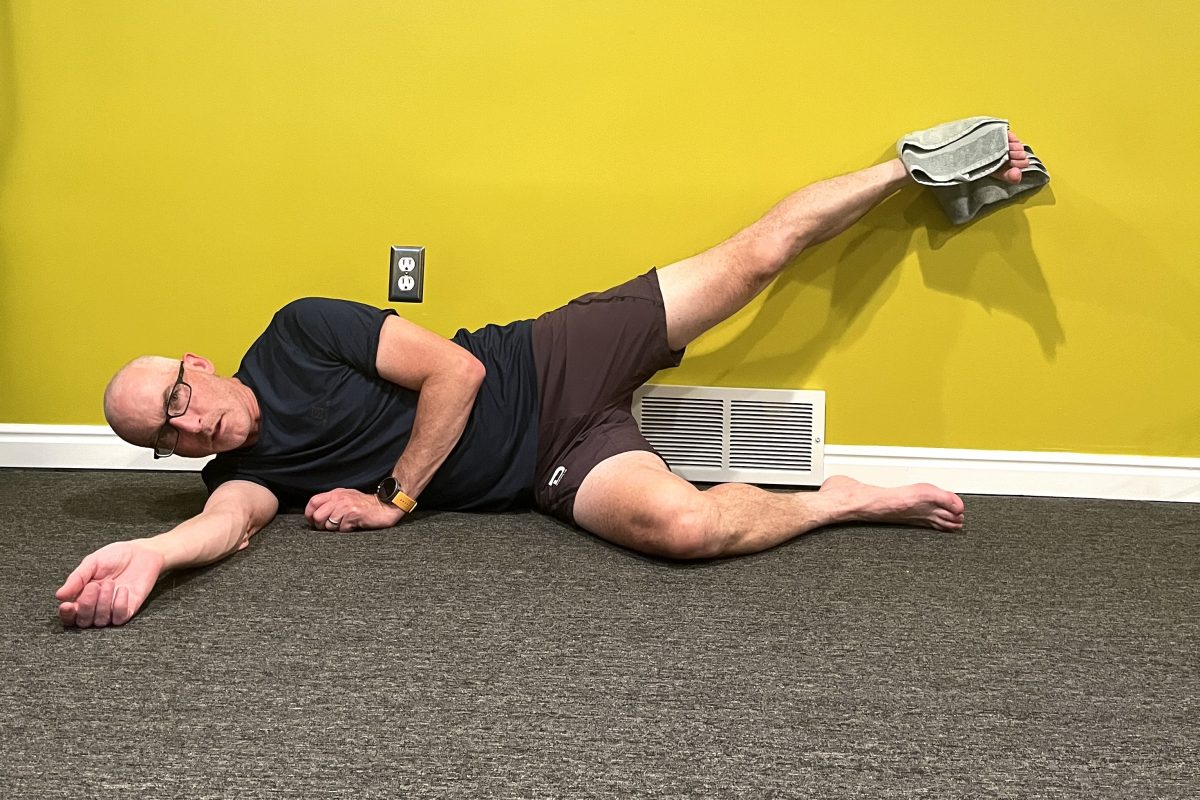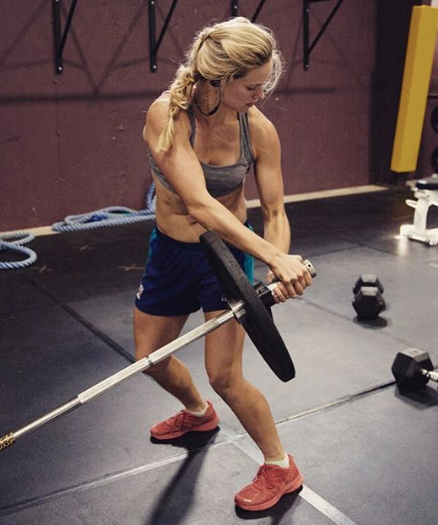Many people who are coaching juniors today have told me that they are seeing more and more problems with overtraining, even though the juniors are actually training less than earlier generations. This means that it will take more years to build themselves up to reach the top level. The question is whether they will make it at all, and whether they are willing to do it when they know that for many years they must prioritize training ahead of education and family — without any guarantee that they will succeed. The way theat children grow up now, and the way that the younger skiers train, we will no longer have 17 and 18 year-olds who are able to ski as fast as the seniors. By comparing the training logs of today’s youth with Vegard’s and mine, it is obvious that we trained more at that age. This is something I will go into more in the chapter titled “No Boundries for Those Who Really Want It.â€
Both the foundation that was laid as children and the training that we did as younger skiers were better before. Therefore I believe that women like Anette Bœe and Grete Ineborg Nykkelmo, who both retired many years ago, could ski at the same level as the top ten women in Norway if they put in one year’s hard training. This is precisely because they build up a solid footing while they were children. Another one is Ragnhild Bratberg. She is a mother of two who long ago left training for competition behind, but she was still able to hang onto the leaders from other endurance sports during a made for TV summer games competition (similar to Battle of the Champions). Jokingly, but with a serious undertone, National Development Team coach Inge Andersen said this: “If you train seriously this summer and fall, you could be a candidate for the 1998 Olympics in Nagano.â€
These comments could be taken as a criticism of today’s athletes. It wasn’t meant that way. This is meant more to encourage them to place more emphasis on the basics of their training. Today’s athletes do the best they can with what they have. They have a different background and a different starting point. They are a part of a culture that has developed in a direction that makes it more difficult to focus on endurance sports. Maybe their coaches are also leading them with different attitudes than the ones we used as a basis for our own training. The solace is that their competitors from other industrialized nations experience the same thing.
Skiers avoid competing with Kenyan and other Africans who are so impressive in running events. There one 18 year-old Kenyan after another runs times which are at or near world record pace. According to Dagbladet (a Norwegian newspaper), Wilson Kipketer ran the 800 meters in 1:49 when he was 12 years-old. In the 40 years that passed between Audun Boysen and Vebjœrn Rodahl (1996 Olympic champion in the 800 m), that time would have been good enough for a spot on the Norwegian National Team — and would have won a national title in some years. Kenyans have, like Grete Waitz said, run since they could walk.
There are many stories about the Kenyans. One of the better ones has to do with the Swedish national track team and their coach, Anders Gärderud , who was a former world record holder in the steeplechase. The team was at a training camp in Kenya. One day they were heading out for a hard workout. Right after they started, they passed a group of boys who were playing soccer with a homemade ball. The young boys were so amused by the sight of the tall, blond Scandinavians running along the street that they followed. During the entire workout, this group of small Kenyan boys followed the Swedish team. After a few hours when the team returned to the start of the workout, the Kenyan boys waved goodbye and went back to their soccer game.



